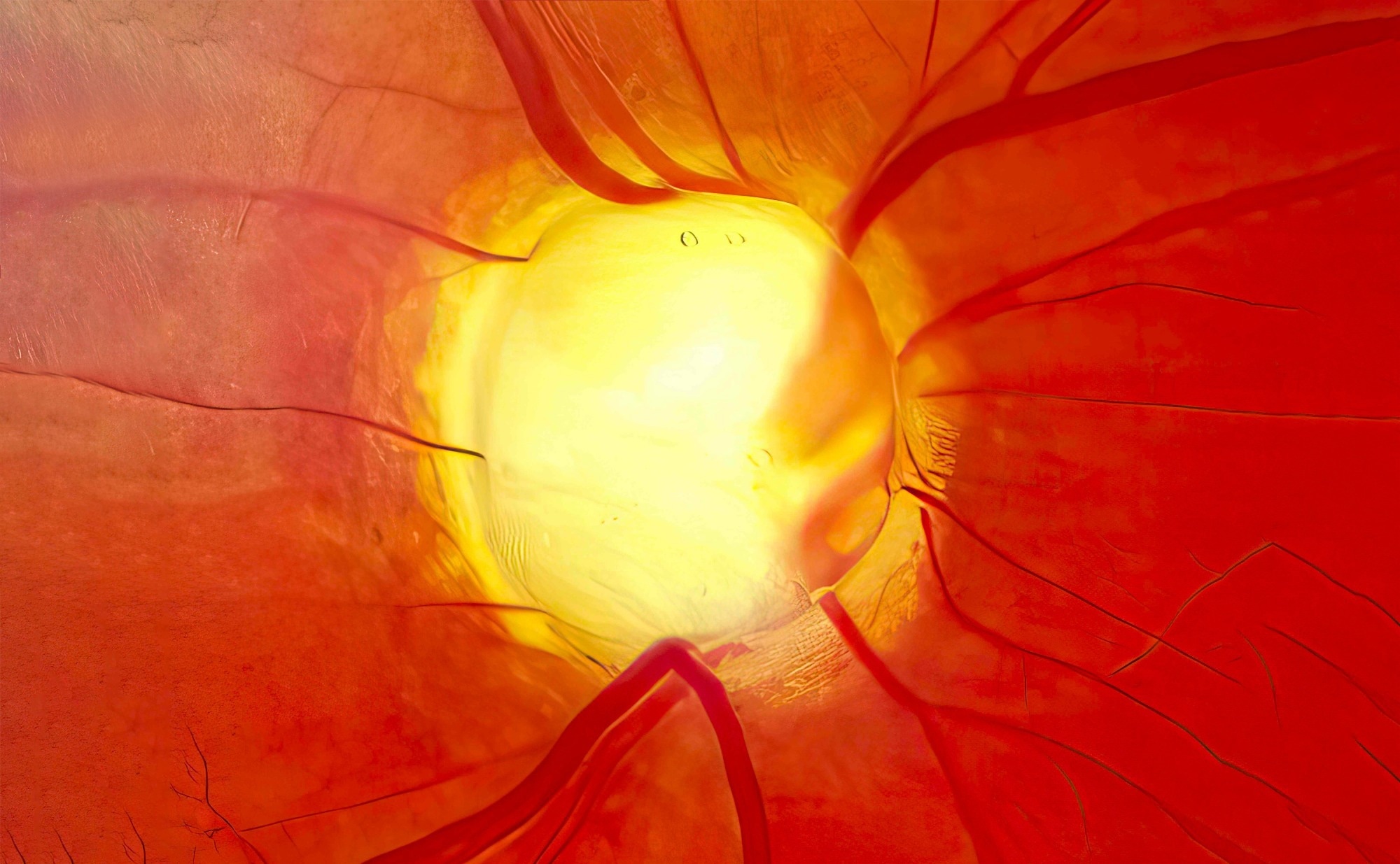A new study reveals that certain caffeine metabolites in urine are linked to diabetic retinopathy risk in men, offering a promising path toward noninvasive biomarkers for early screening and disease prevention.
 Study: The association between urinary caffeine and caffeine metabolites and diabetic retinopathy in individuals with diabetes: NHANES 2009–2014. Image Credit: oasisamuel / Shutterstock
Study: The association between urinary caffeine and caffeine metabolites and diabetic retinopathy in individuals with diabetes: NHANES 2009–2014. Image Credit: oasisamuel / Shutterstock
In a recent study in the journal Scientific Reports, researchers investigated the associations between urinary caffeine, its metabolites, and diabetic retinopathy (DR) risk in United States participants. The cross-sectional study comprised 514 NHANES (2009–2014) volunteers. High-performance liquid chromatography–electrospray ionization–tandem quadrupole mass spectrometry (HPLC–ESI–MS/MS) assays revealed that excessive urinary levels of 1-MU, 1,7-DMU, 1,3,7-TMU, caffeine, and AAMU may indicate increased DR risk in US males. Future prospective studies are needed to validate these findings, but they may represent a crucial step in understanding diabetic indicators.
Background
Diabetic retinopathy (DR) is a microvascular diabetes complication that is a leading cause of visual impairment and blindness in adults over 50. The condition affected an estimated 103 million adults worldwide in 2020, and the number is expected to increase to approximately 160 million by 2045.
While modern anti-DR interventions (intravitreal anti-vascular endothelial growth factor therapy and laser photocoagulation) have proven effective, they are invasive and costly, underscoring the need for improved screening and detection methods to reduce disease incidence.
Caffeine, a secondary plant metabolite found in coffee, tea, and soft drinks, is the most widely consumed active pharmacologic substance globally. Research suggests caffeine intake may help mitigate cardiovascular and diabetes risks, but findings are conflicting. Understanding associations between caffeine, its metabolites, and DR may support future screening strategies.
About the Study
This cross-sectional study used data from the National Health and Nutrition Examination Survey (NHANES), focusing on participants who had complete sociodemographic, medical, and urine sample data. Covariates included age, sex, race/ethnicity, body mass index (BMI), urine creatinine, smoking status, alcohol use, duration of diabetes, glycated hemoglobin (HbA1c), hypertension, and total energy intake.
Clinical diabetes was defined by serum fasting glucose ≥ 126 mg/dL, 2-hour post-OGTT glucose ≥ 200 mg/dL, HbA1c ≥ 6.5%, or self-reported insulin/diabetes medication use or diagnosis. DR was also self-reported following medical consultation. Urine samples were analyzed using HPLC–ESI–MS/MS for caffeine and 14 metabolites (15 total substances).
Baseline characteristics were compared using Rao-Scott Pearson χ² tests and t-tests. Spearman correlation assessed metabolite relationships. Logistic regression models estimated odds ratios (ORs) for DR associations.
Study Findings
Of 50,974 NHANES participants, 514 were included in the final analysis. Of these, 16.9% had DR. DR patients had higher HbA1c and longer diabetes duration. Caffeine intake showed moderate correlations with nine caffeine metabolites.
After adjusting for covariates, ln-transformed 1-MU and AAMU levels were associated with increased DR risk. In median split analysis, 1,7-DMU, caffeine, and AAMU also showed increased DR associations, particularly in males. Findings were more consistent and significant for men than for women.
Researchers noted that metabolite intercorrelation may confound these findings. For instance, 1,3,7-TMU’s association may be driven by its strong correlations with 1-MU and caffeine.
“First, males had higher caffeine intake and therefore higher urinary caffeine and its metabolites in this study. Second, compared with females, males were prone to be older, smokers, and drinkers. Age and unhealthy lifestyle behaviors are risk factors for DR in patients with DM. Third, estrogens are reported as competitive inhibitors of caffeine metabolism, and the use of exogenous estrogen may inhibit caffeine metabolism in older females.”
As a cross-sectional study relying on self-reported data, the findings indicate correlation, not causation. Additionally, the high exclusion rate may limit generalizability to the broader diabetic population. Nonetheless, caffeine metabolites may serve as useful biomarkers in DR risk screening.
Conclusions
This study highlights caffeine metabolites as potential indicators of DR risk, especially in US males. While prospective studies are needed to confirm these results, urine-based metabolite analysis may aid early DR detection and preventive care strategies.
Journal reference:
- Chen, X., Guo, Q., Li, J. et al. The association between urinary caffeine and caffeine metabolites and diabetic retinopathy in individuals with diabetes: NHANES 2009–2014. Scientific Reports 15, 15827 (2025). DOI: 10.1038/s41598-025-01088-x. https://www.nature.com/articles/s41598-025-01088-x